Iran Traditional Clothing for Women & Men
In all parts of the world, traditional clothing serves as a representative of the culture, history, and identity of each country. The Iranian traditional clothing differs in many ways, and this is due to the presence of different ethnic groups in the country. Ethnic groups such as Gilak, Azari, Kurdish, Lor, Baloch, Qashqai, Arab, Bakhtiari, Turkmen, etc.
In every part of Iran, the various cultures of these local people have created an exceptional variety of colorful clothing in the country. In other words, a symbol of the culture of each nation or tribe can be found in each cut, sewing, and special decoration of traditional Iranian dress. In this article, we will introduce you to the vibrant, traditional dresses of Iran as well as Iran’s traditional clothing names.
Traditional Clothing of Iran
Iran is the place of residence of various ethnic groups since it is home to numerous ancient civilizations. Every one of these ethnic groups follows certain customs and traditions and wears specific clothing based on their cultures.
The Turkish, Lor, Kurdish, Arab, Baloch, Turkmen, Fars, Qashqai, Bakhtiari, Shahsoon, etc. ethnic groups have their own unique and attractive traditional clothes and clothing that are usually worn in celebrations and occasions, which are familiar to the locals of those regions.
The diversity in Iran’s climate, along with customs and the tribal ethnic cultures, has spawned countless clothing fashions in many parts of the country. Traditional clothing with eccentric designs bearing brilliant colors.
Being inspired by their green and lush nature, the people of northern Iran wear colorful and vibrant clothes. The people of the southern part of the country tend to wear thinner and looser fabric to avoid the heat of the hot and humid weather of the south.
In addition, the clothing fashion of the residents of the desert regions boasts a harmony with the geography of their area, and for this reason, they often go for a white color rather than darker colors, so it is easier to bear the dry heat of the desert region.
Traditional Clothes and Clothing of Iranian Tribes
What is Iran’s traditional clothing? If you travel to different regions of Iran, you will notice the use of various styles and fabrics for the traditional clothing of each region, especially in the historic and rural areas, you will see the colorful and delicate work on the skirts, shirts, pants, and scarves.
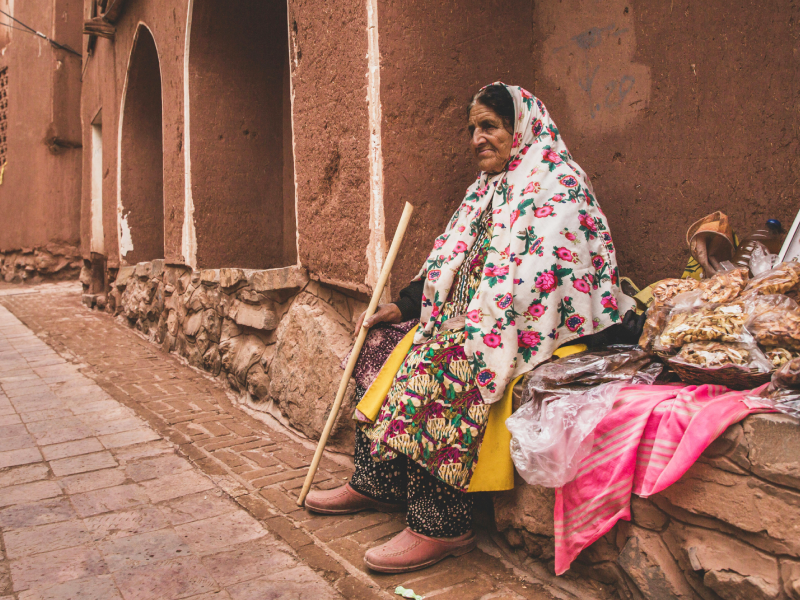
Undoubtedly, it is impossible to specify which of these traditional dresses stands out the best among the others because every single one of them is a symbol of the ancient and rich culture of the Iranian ethnic groups.
We can learn and discover more about these groups of people and the way they dress throughout the day or during their ceremonies.
The concept behind Iran’s local clothing depends on the geography of the environment, the age of the locals, whether the person is married or not, the social positions of the family, the specific clan and tribe, and other similar cases.
Unlike the urban communities that observe a single style in their clothing, the people of different regions of Iran have different designs in dressing. A design that speaks of a certain story, and behind all its patterns, colors, and textures, a large part of Iranian tradition, culture, and identity can be found.
The traditional clothing for females and males of every region blends in well together as the designs for the two possess a certain harmony with one another.
Kurdish Traditional Dress
Kurdish clothing is one of the oldest and most diverse Iranian local clothing, which has a history as old as the Kurdish people of this land. The people of this area still use their traditional clothing on a daily basis and give themselves the gift of comfort and vitality at the same time.
These clothes, like the other local Iranian clothing, are made up of various components, and apart from some minor differences, the designs are very similar to each other. According to the region of Kurdistan, the clothing of the Kurdish women and men is named Urami clothing, Saqezi, Marivani, and other titles.
Women’s Kurdish Clothing
Kurdish women’s clothing can be seen as a combination of numerous colors that illustrate the glory of the mountains and the beauty of the plains of Kurdistan. The Kurdish female clothing is designed in two ways, which are casual or formal.
They are sewn with silk, velvet, and satin fabrics. The dresses are decorated with ornamentations such as tapestry, beading, sequins, silver embroidery, and stone embroidery. These designs on the fabrics are surely eye-catching to any outsider visiting Kurdistan Province.
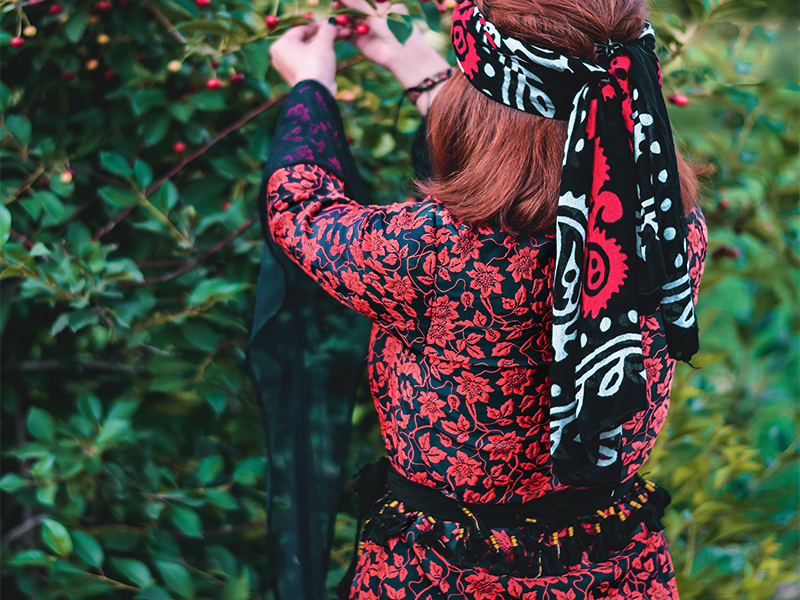
The traditional clothing of Kurdish women often has 11 different components, and shoes, pants, underwear, shirts, vests, Qobas, bodices, ornamental handkerchiefs, turbans, scarves, or sometimes headscarves, make up its general nature.
Traditional Kurdish women’s headgear consists of two parts, one is a scarf or a headband, and the other is a hat-like cover called a Kelav with beaded and coin-embroidered decorations that are placed on the headband.
The traditional clothing of Kurdish women also consists of a long and loose shirt called Keras, Sukhmeh (a kind of bodice), wide Kurdish pants, and Kava (a kind of velvet jacket).
Men’s Kurdish Clothing
Kurdish men’s clothing consists of 9 pieces such as sweatpants, headbands, shirts, coats, vests, pants, socks, shoes, and waist scarves. This clothing is usually sewn loosely so that they don’t face any problems moving through the mountains and difficult paths.
Kurds believe that men’s heads should be covered, and for this reason, the types of hats and scarves in their clothing are considered a type of ancient culture.
Men’s Kurdish pants, which are known as “Deme Ghopan,” “Patol,” or “Raank,” are made of simple fabrics that are usually in brown, dark brown, and gray colors.
These pants are quite wide in the upper part and narrow when they reach the ankles in order to prevent the cold from penetrating inside the pants as well as feeling comfortable in mountainous areas when walking for long distances.
The waist of the pants has also been designed in a pleated and wide fashion for more comfort. “Chokheh” or “Kehva” means the upper part of the torso. This piece is a short fabric that has long sleeves and is worn along with the Kurdish pants.

“Waist Shawl” is a long and wide cotton cloth, usually in the color of black or white, that is tied around the waist and over the torso and pants like a belt. Giweh is the traditional shoe of Kurdish men, which is usually white in color.
Baloch Traditional Dress
Sistan and Baluchistan is one of the ancient regions of Iran, which has a cultural history dating back to the thousands of years ago. The dry and desert-like climate of this region is the first and most significant factor influencing the type of clothing worn by the people of this region.
Baloch people are one of the few Iranian ethnic groups who still adhere to their local dress and even appear in their traditional dress when traveling to other cities.
Baloch Women’s Clothing
The traditional and colorful dress of Baloch women is regarded as one of the major symbols of original Iranian clothing in Iran. The design of the Baloch dress is simple yet captivating when put together.
But parts such as the cuffs, the front of the dress, and the top of the pants have been embroidered and decorated with rural and native patterns. The variety of colors in the clothes of Baloch women is one of the attractive features of their clothing.
Old Baloch women use dark colors, and young girls use colorful and cheerful fabrics in their clothing. The pockets sewn on the dress of Baloch clothing symbolize the courage and bravery of these women. Pajamak, Teko (long scarf), and Serig (scarf) are part of the components of Baloch women’s clothing.
Baloch Men’s Clothing
Baloch men’s clothing is a white quilted garment that generally includes a long shirt and loose pants. This cover will be completed by wrapping a long white fabric around the head like a turban. Jaamak (shirt), pak (turban), Kolah supi (sweatshirt), pajamak (loose pants), serinband (belt for pants) and kush (leather shoes) are part of Baloch men’s clothing.
Gilak Traditional Dress
The local dress of the people of Gilan Province in the North of Iran is the most magnetizing and cherished traditional clothing of Iran. The Gilaki Clothing matches greatly with the locals’ living environment.

This dress has been registered in Iran’s national heritage list and was chosen as the most vibrant and cheerful dress in the world at the New York Fashion Festival.
The local dress of Gilak women is divided into three types: Ghasem Abadi, Talashi, and Rosukhi, which are respectively, the clothes of the people of the east, west, and center of Gilan.
Gilaki Women’s Clothing
Gilaki women’s dresses glow like a rainbow of different striking colors. This dress consists of different parts such as a babushka, scarf, headband, shirt, vest, coat, skirt, and pants. The colorful skirts are decorated with multicolored stripes, a shirt made of satin in different colors, and an open front vest in black, decorated with coins and ribbons is the overall appearance of Gilaki women.
Gilaki Men’s Clothing
The components of Gilaki men’s local clothing are shirts, vests, pants, waist shawls, and felt hats. The Gilak men’s “hat” Talashi leather hat is made from lamb skin. “Chokheh” or “Chokha” is a short woolen coat woven from goat wool. This short coat is used on cold days, and for the night, it is replaced by a long coat called “shola.”
They usually wear a light-colored cotton shirt under the coat. “Shelar” is a simple black woolen pant with a tight bottom. These tight ends are designed for older men in the form of a tube, and for young men, the hem has buttons.
Azari Traditional Dress
The aesthetic traditional dress of the people of Azerbaijan Province has long been a symbol of their artistic, historical, ethnic, and religious traits.
The Azari dress is a distinctive piece of clothing in which the color takes the first place, and decorations such as gold lace border embroidery, beading, pleating, etc., are used. The fabrics used to make these clothes are usually made of silk, cashmere, or velvet for women, and men’s clothes are often made of woolen fabrics.
Azari Women’s Clothing
The color and type of fabrics used in sewing Azari clothes have a direct relationship with the age of people. Elderly women often use fabrics with simple and gentle designs and colors and little decorations.
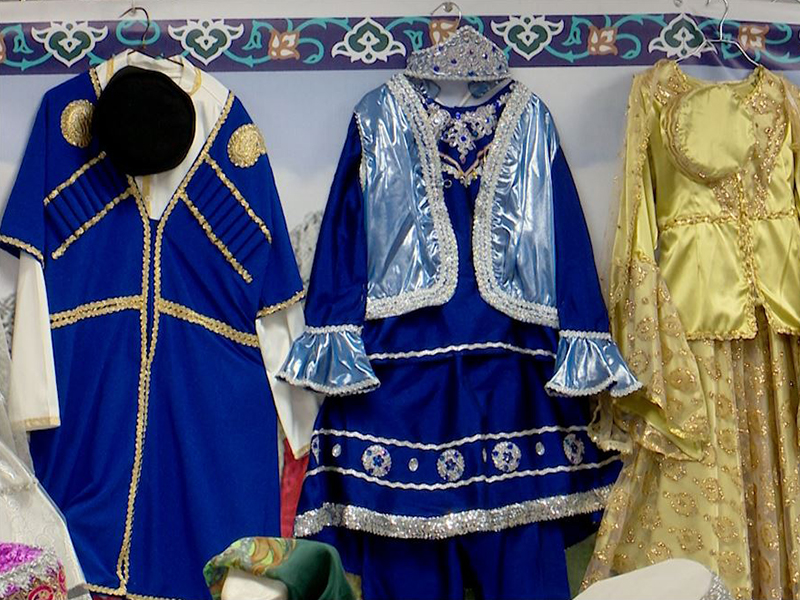
On the other hand, the clothes of Azari girls and young women have a pleasant variety of happy colors and beautiful patterns, and usually, more ornaments and decorations are used in them.
Barak (hat), Chaarqad (long scarf), Yaayliq (headband for older women), Kuvink (a long dress worn over the skirt), Jabken (a dress worn over the Kuvink), Arkalik (long-sleeved shirt) are the main components of Azari women’s clothing.
Azari Men’s Clothing
Azeri men’s clothing is often made of wool, and they wear headgear called “Burk” or “Papakh” in Turkish. In the past, the traditional clothing of Azari men was long-sleeved white shirts with round collars, which are called Kuvink.
Also, at the beginning of the 14th century, the traditional long coats that were widespread in the Qajar period were added to Azari men’s clothing. Due to the cold weather, the traditional dress of Azari men also has a kind of wool hat called Yun Burk.
Final Word
Each of the Persian clothing styles carries great value and originality as well as a manifestation of the traditions, history, and geography of the local residents in the various regions. Iran is the land of different peoples with different cultures, languages, and interests. This has made Iran a place for adventure and learning about the lifestyles of diverse ethnic groups.
In the traditional clothing of Iranian people, there is a meaning hidden in every cut, stitch, and decoration of traditional clothes, and it can be considered a noticeable symbol.
Are you planning to travel to Iran and looking for an Iran resort? Consider Matinabad Eco-resort.
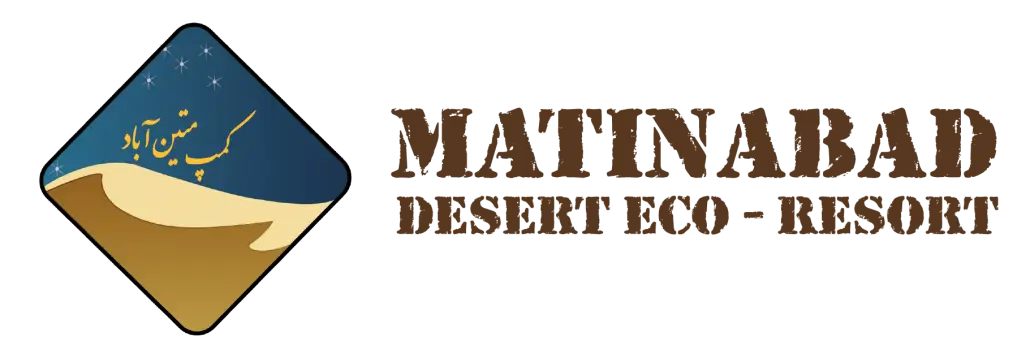
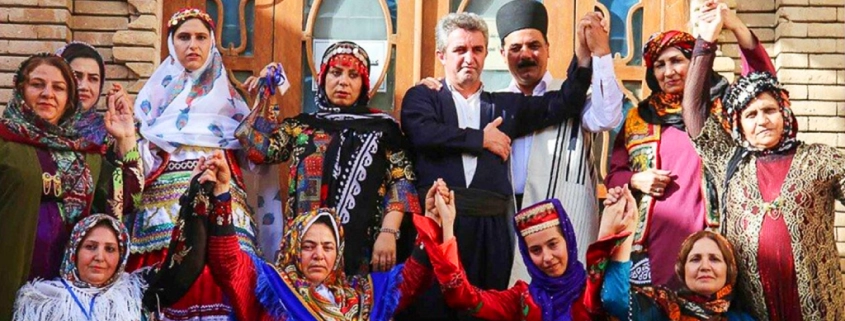



Leave a Reply
Want to join the discussion?Feel free to contribute!